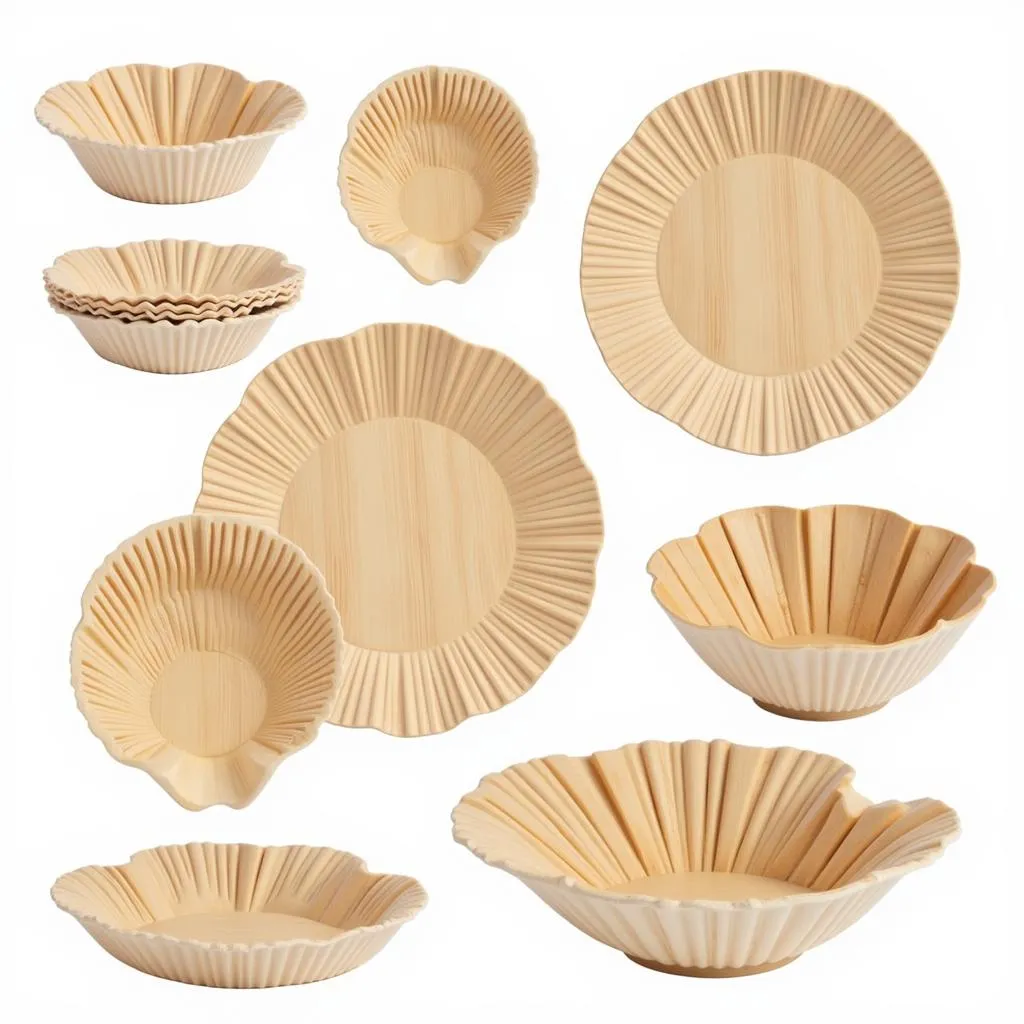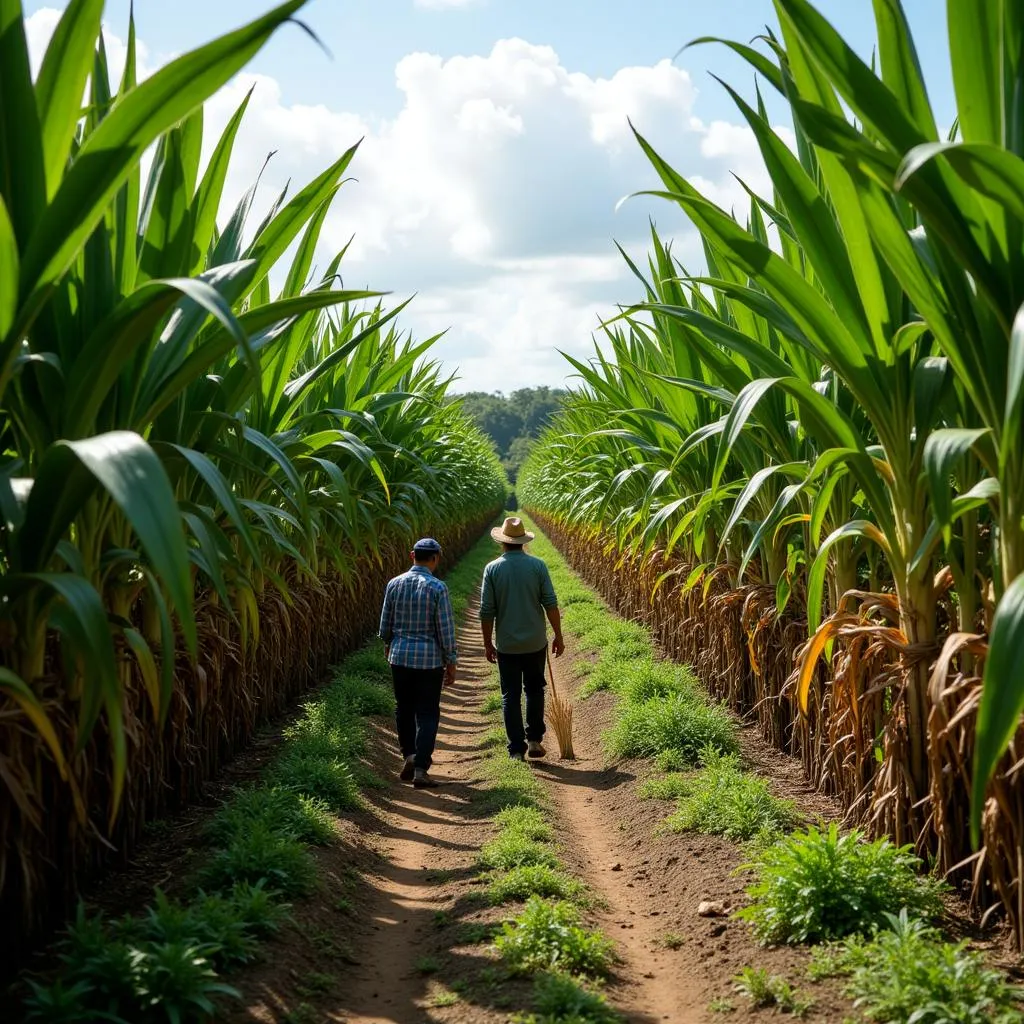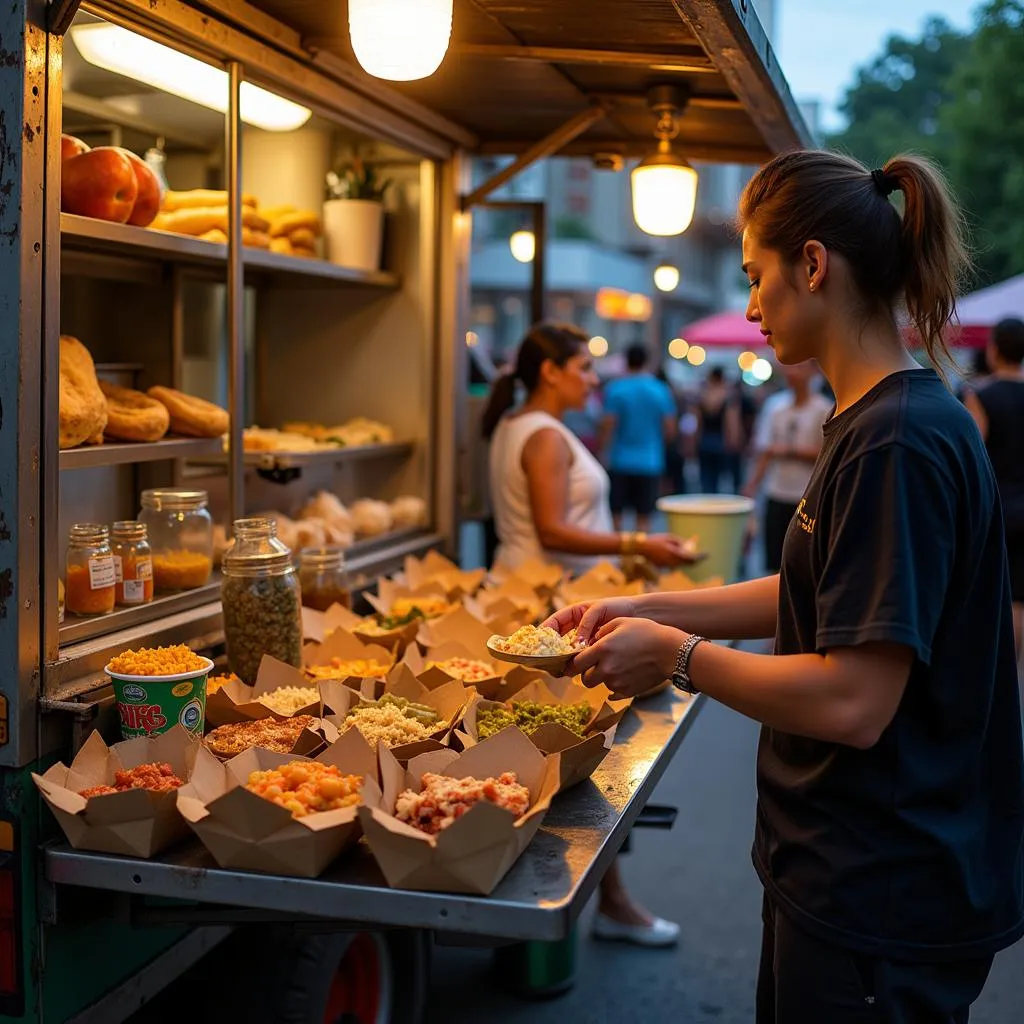In today’s eco-conscious world, consumers and businesses alike are seeking sustainable alternatives to traditional packaging. Enter the Sugarcane Food Container – a versatile and eco-friendly option rapidly gaining popularity. More than just a trendy alternative, sugarcane food containers offer a host of benefits for the planet and your business. Let’s delve into what makes this sustainable packaging option a sweet choice.
 Assortment of Sugarcane Food Containers
Assortment of Sugarcane Food Containers
What are Sugarcane Food Containers?
Sugarcane food containers, also known as bagasse food containers, are crafted from the fibrous residue left after sugarcane stalks are crushed for juice extraction. This byproduct, known as bagasse, would typically be burned as waste. However, ingenious innovation has transformed this humble material into a robust and sustainable resource for creating disposable food containers.
The Sweet Benefits of Choosing Sugarcane
The allure of sugarcane food containers extends beyond their eco-friendly appeal. Here’s a closer look at why they’re becoming the preferred choice for eco-conscious businesses:
- Biodegradable and Compostable: Unlike plastic containers that linger in landfills for centuries, sugarcane containers decompose naturally in a matter of weeks, leaving behind no harmful residues.
- Renewable Resource: Sugarcane is a rapidly renewable resource. Its short harvesting cycle means a consistent supply of bagasse is readily available for production, reducing reliance on finite resources.
- Durable and Versatile: From hot to cold foods, sugarcane containers handle it all. They are microwave-safe, oven-safe up to certain temperatures, and freezer-friendly, making them suitable for a wide range of culinary creations.
- Water and Grease Resistant: Sugarcane containers are designed to withstand the demands of food service. Their natural resistance to water and grease prevents leaks and sogginess, ensuring a mess-free dining experience.
 Sustainable Sugarcane Plantation
Sustainable Sugarcane Plantation
Sugarcane Food Containers vs. Traditional Options
When compared to traditional food containers like plastic or Styrofoam, sugarcane emerges as the clear winner:
| Feature | Sugarcane Food Containers | Plastic Food Containers | Styrofoam Food Containers |
|---|---|---|---|
| Material Source | Renewable sugarcane pulp | Petroleum-based plastic | Petroleum-based polystyrene |
| Biodegradability | Biodegradable and compostable within weeks | Non-biodegradable, persisting in landfills for centuries | Non-biodegradable, breaks down into harmful microplastics |
| Compostability | Compostable in commercial and home composting systems | Not compostable | Not compostable |
| Microwave Safety | Microwave-safe | Some plastics may melt or leach chemicals | Not microwave-safe, may melt or release harmful toxins |
| Durability | Sturdy and resistant to leaks and grease | Can crack or break under pressure | Brittle and prone to breakage |
| Environmental Impact | Significantly lower environmental impact | Contributes to plastic pollution and fossil fuel dependence | Contributes to pollution, non-renewable resource |
 Food Truck Serving Food in Sugarcane Containers
Food Truck Serving Food in Sugarcane Containers
Making the Switch: Why You Should Consider Sugarcane
Choosing sugarcane food containers aligns with a commitment to sustainability and resonates with today’s environmentally conscious consumers. Here’s how this simple swap makes a difference:
- Reduce Your Carbon Footprint: By opting for biodegradable sugarcane containers, you minimize the environmental impact associated with the production and disposal of traditional plastics.
- Enhance Brand Image: Consumers are increasingly seeking out eco-friendly businesses. Showcasing your commitment to sustainability through your packaging choices enhances your brand image and resonates with values-driven customers.
- Meet Regulatory Demands: As regulations around single-use plastics tighten, embracing alternatives like sugarcane containers ensures compliance and demonstrates environmental responsibility.
Sugarcane Food Containers: A Sustainable Future for Food Packaging
The shift towards sustainable practices is here to stay, and sugarcane food containers are leading the charge in revolutionizing the food packaging industry. By embracing this eco-friendly alternative, businesses can reduce their ecological footprint, resonate with environmentally conscious consumers, and contribute to a greener, more sustainable future.
As a food blogger passionate about both culinary delights and environmental responsibility, I encourage you to consider the impactful switch to sugarcane food containers.
FAQ
Are sugarcane food containers microwave safe?
Yes, sugarcane containers are generally microwave-safe for short periods. However, it’s always best to check the specific manufacturer’s instructions.
What types of food are best suited for sugarcane containers?
Sugarcane food containers are versatile and can accommodate a wide range of foods, from hot entrees and soups to salads, snacks, and desserts.
Where can I purchase sugarcane food containers?
Sugarcane food containers are readily available from various suppliers. You can find them online, at restaurant supply stores, or through specialized eco-friendly packaging companies.
Are sugarcane containers more expensive than plastic containers?
While sugarcane containers might be slightly more expensive than conventional plastic containers, the environmental and social benefits they offer often outweigh the cost difference.
Can I compost sugarcane containers at home?
Yes, sugarcane containers are compostable in both commercial and home composting systems.
Need help with sugarcane food containers? Contact us! Phone: 02437655121, Email: minacones@gmail.com Or visit us at: 3PGH+8R9, ĐT70A, thôn Trung, Bắc Từ Liêm, Hà Nội, Việt Nam. Our customer service team is available 24/7.